-
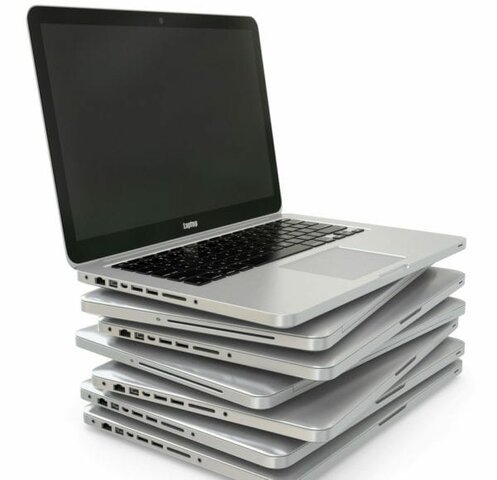 In 1801 Joseph Marie created a loom that punched wooden cads to automatically weave fabric designs.
In 1801 Joseph Marie created a loom that punched wooden cads to automatically weave fabric designs. -
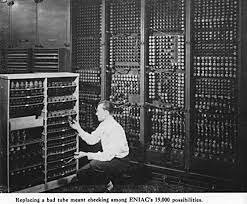 The English mathematician Charles Babbage conceives of a steam driven calculating machine that would be able compute tables of numbers
The English mathematician Charles Babbage conceives of a steam driven calculating machine that would be able compute tables of numbers -
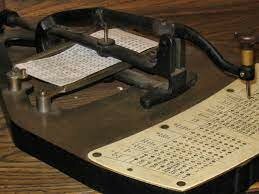 Herman Hollerith designs a punch card system to calculate the 1880 census, accomplishing the task in just three years and saving the government $5 million.
Herman Hollerith designs a punch card system to calculate the 1880 census, accomplishing the task in just three years and saving the government $5 million. -
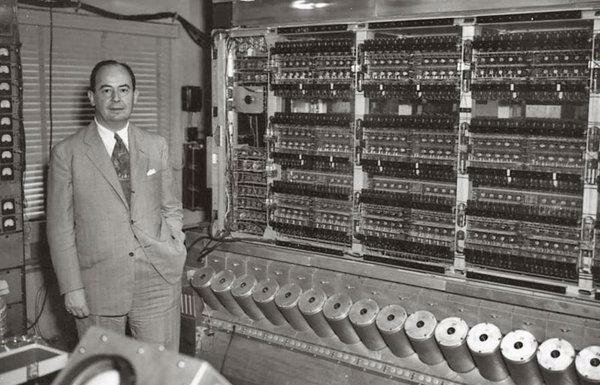 Alan Turing presents the notion of a universal machine, later called the Turning machine, capabel of computing anything that is compatible.
Alan Turing presents the notion of a universal machine, later called the Turning machine, capabel of computing anything that is compatible. -
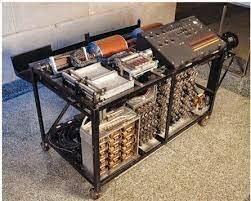 J.V. Atanasoff attempts to build the first computer without gears, cams, belts or shafts.
J.V. Atanasoff attempts to build the first computer without gears, cams, belts or shafts. -
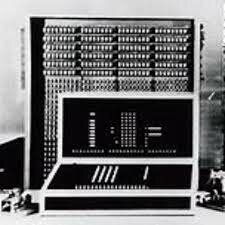 This marks the first time a computer is able to store information on its main memory.
This marks the first time a computer is able to store information on its main memory. -
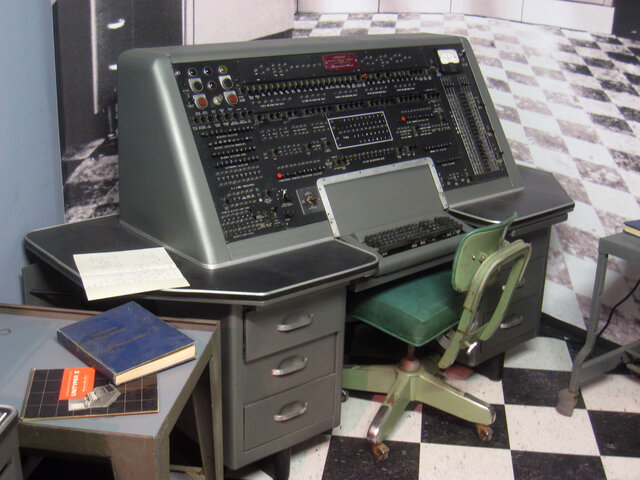 Mauchly and Presper leave the University of Pennsylvania and receive funding from the Census Bureau to build the UNIVAC, the first commercial computer for business and government applications.
Mauchly and Presper leave the University of Pennsylvania and receive funding from the Census Bureau to build the UNIVAC, the first commercial computer for business and government applications.
